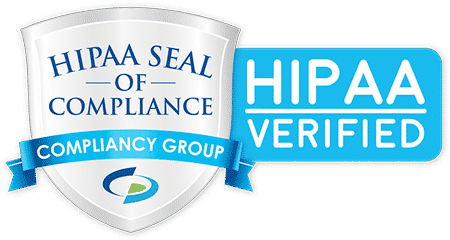Introduction: Clarifying Autism and Its Treatment Outlook
Autism Spectrum Disorder (ASD) is often misunderstood, with many questioning whether it can be cured. This article explores the scientific consensus, treatment strategies, and recent research on autism, emphasizing that while autism is not a disease and currently has no cure, effective support can significantly improve quality of life for individuals with autism.
Autism Is Not a Disease: The Facts and Misconceptions
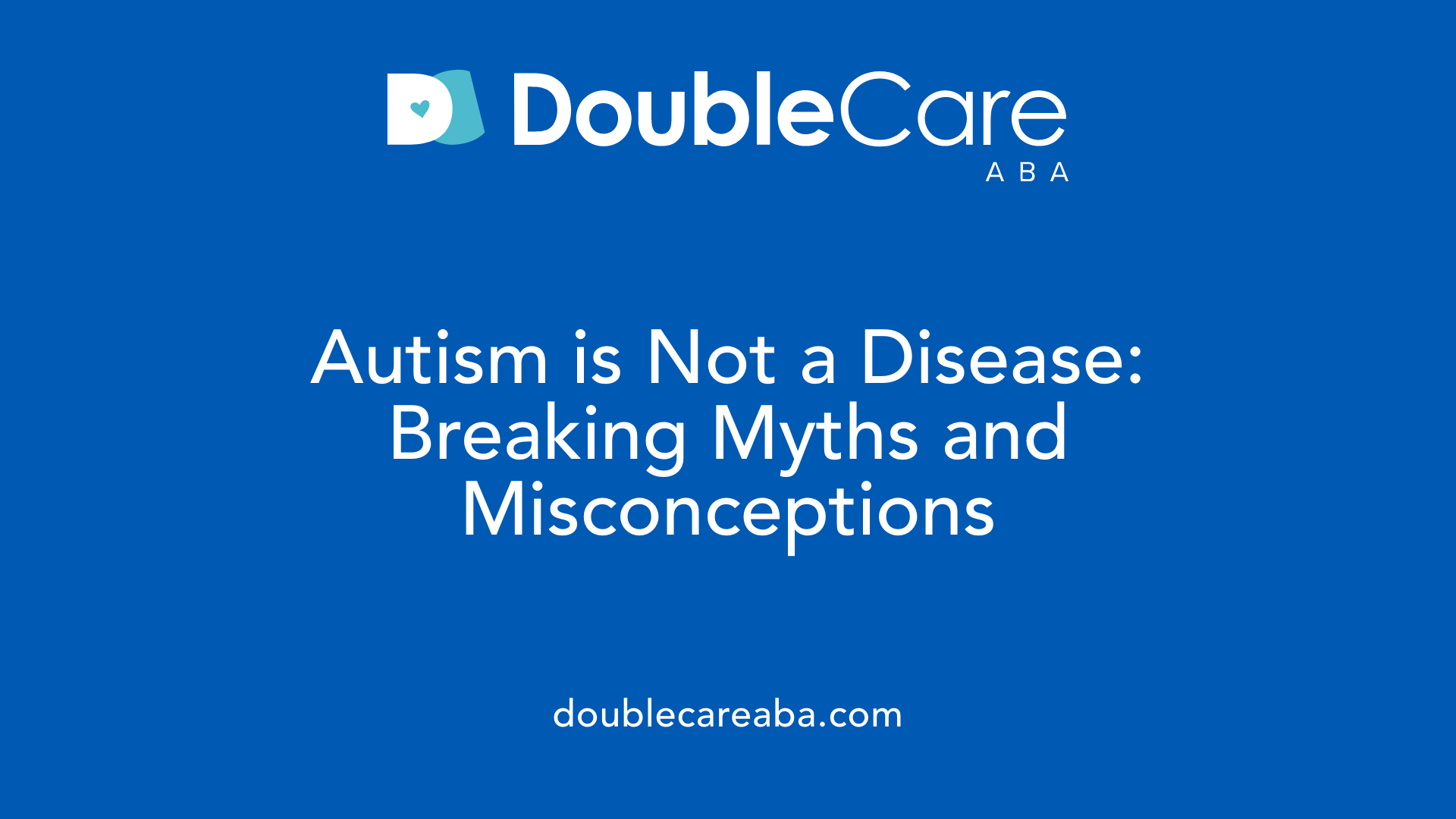
Is Autism Spectrum Disorder (ASD) a disease, and can it be cured?
Autism Spectrum Disorder (ASD) is not classified as a disease. Instead, it is a neurodevelopmental condition that reflects differences in how the brain develops and functions. This condition influences social interaction, communication, and behavior, but it is not a disorder that can be 'cured' in the traditional sense.
Autism is lifelong and exists along a spectrum, meaning each individual may experience a unique combination of traits—some may have lower IQs, while others have average or high intelligence but face social or communication challenges. The onset generally occurs early in life, often within the first few years, making early diagnosis and intervention crucial.
Currently, there is no medical cure for autism. However, various treatments are available that can significantly improve quality of life and help manage symptoms. These include behavioral therapies like Applied Behavior Analysis (ABA), speech and occupational therapies, and support measures tailored to individual needs.
While some reports and case studies suggest spontaneous improvements or recovery, such cases are extremely rare and typically involve intensive, multi-year interventions. Most scientific research emphasizes that autism is a continuous spectrum, managed, rather than cured. The focus remains on providing support, early intervention, and tailored therapies to help individuals thrive.
Understanding autism as a neurological variation rather than an illness helps foster acceptance and promotes effective support for affected individuals and their families.
Symptoms, Causes, and Diagnosis: Understanding Autism's Foundations
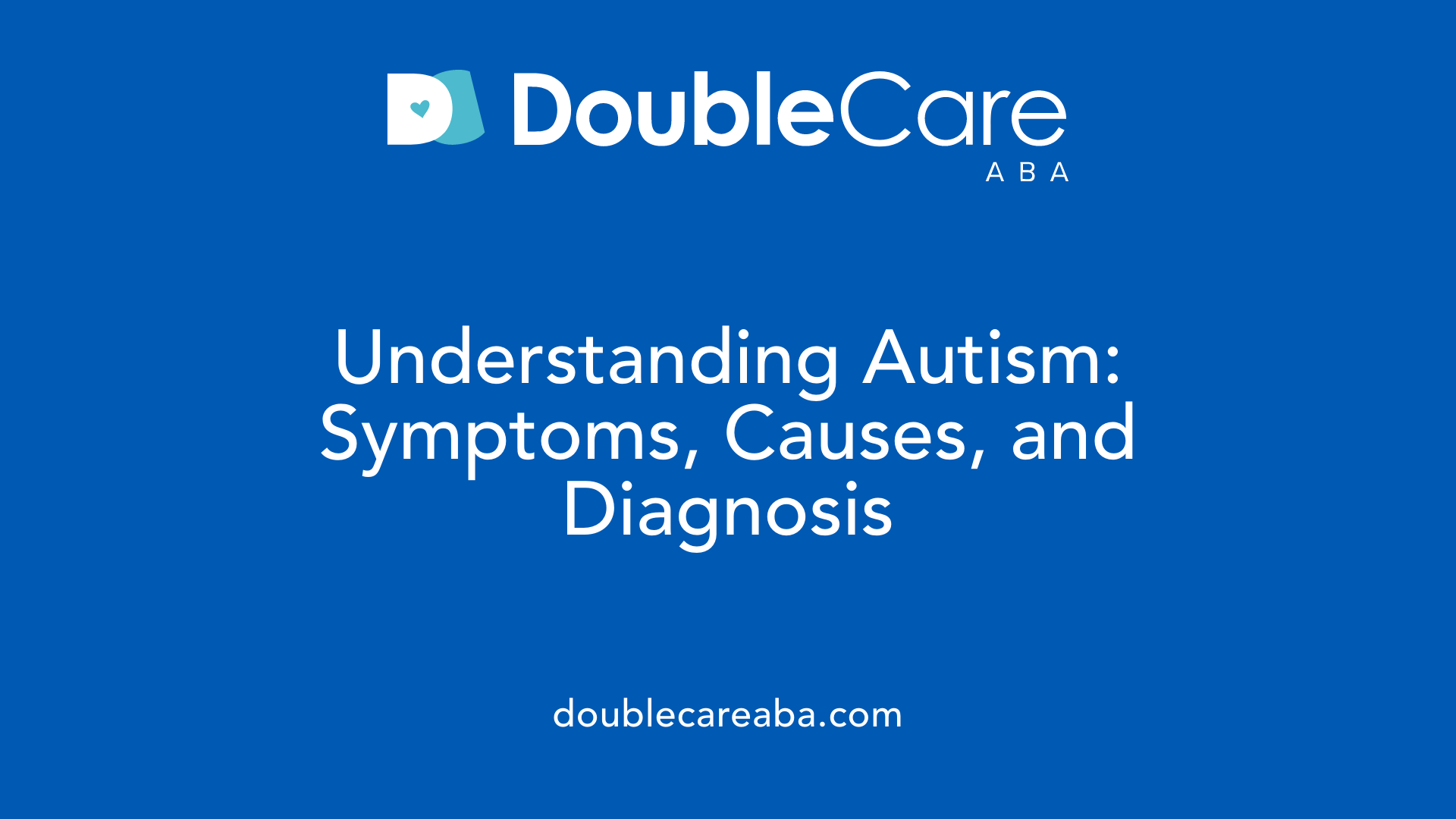
What are the symptoms, causes, and diagnosis methods of autism?
Autism spectrum disorder (ASD) is a neurodevelopmental condition marked by difficulties in social interaction, communication, and the presence of repetitive or restricted behaviors. Signs often emerge during early childhood, typically within the first two to three years of life.
Common symptoms include limited eye contact, delayed speech development or even regression of language skills, challenges in understanding social cues, and repetitive movements or routines. Children with autism might also display intense focus on specific interests and sensory sensitivities.
The causes of autism are complex and involve a combination of genetic and environmental factors. Genetic influences may include inherited gene mutations or variations, while environmental factors encompass prenatal complications, exposure to pollutants, or toxins during pregnancy.
Importantly, extensive research has found no link between vaccines and autism, despite widespread myths.
Diagnosing autism involves comprehensive behavioral assessments, observations, and using standardized diagnostic tools such as the Autism Diagnostic Observation Schedule (ADOS). Since there are no definitive laboratory tests for autism, diagnoses are primarily based on behavioral criteria.
Early diagnosis and intervention are crucial. While there is no cure, early treatment can significantly improve social, communication, and behavioral skills, helping children develop more effectively.
| Aspect | Details | Additional Info |
|---|---|---|
| Symptoms | Delayed speech, poor eye contact, repetitive behaviors | Appear by age 2-3, vary among individuals |
| Causes | Genetic factors, prenatal environment | No link to vaccines |
| Diagnosis | Behavioral assessments, standardized tools | No blood test or medical marker |
| Intervention | Early therapy can enhance skills | Includes behavioral, developmental, and educational strategies |
Available Treatments and Management Strategies for Autism
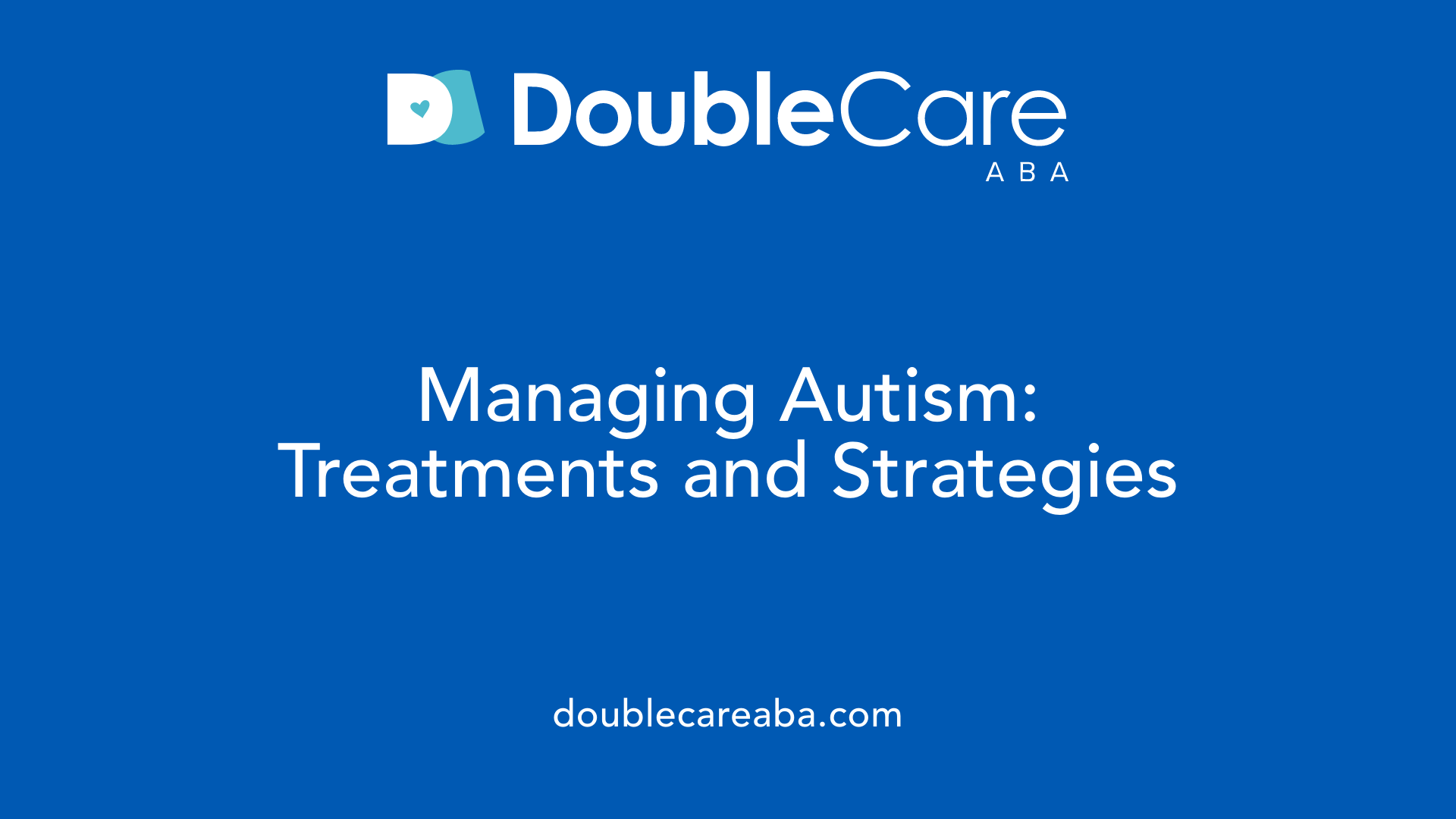 Treatments for autism spectrum disorder (ASD) encompass a wide range of therapies and management strategies aimed at reducing symptoms and improving daily functioning.
Treatments for autism spectrum disorder (ASD) encompass a wide range of therapies and management strategies aimed at reducing symptoms and improving daily functioning.
Behavioral therapies such as applied behavior analysis (ABA), including discrete trial training (DTT) and pivotal response treatment (PRT), are among the most supported methods for developing social, communication, and cognitive skills. These therapies focus on reinforcing positive behaviors and teaching new skills through structured, evidence-based techniques.
Developmental approaches like speech and language therapy, occupational therapy, and early intervention programs such as the Early Start Denver Model (ESDM) play a vital role in fostering progress in young children. These interventions aim to enhance communication abilities, motor skills, and daily living activities, helping children gain independence and improve social interaction.
Educational programs like TEACCH (Treatment and Education of Autistic and Communication-related handicapped Children) utilize visual supports and consistent routines to facilitate learning and adaptation. Such approaches help children better understand their environment and participate actively in educational settings.
Medications are used primarily to manage co-occurring symptoms like anxiety, irritability, or hyperactivity. Drugs such as Risperidone and Aripiprazole are FDA-approved for treating certain behavioral issues in children with autism. However, they do not treat the core symptoms of ASD and must be used carefully under medical supervision.
Psychological interventions, including cognitive-behavioral therapy (CBT), assist individuals with ASD in managing anxiety, depression, and social challenges. These therapies address emotional regulation and develop coping skills, improving quality of life.
A comprehensive, multidisciplinary approach is ideal when designing an individual support plan. Tailoring interventions to each person's needs, incorporating therapy, education, medical treatment, and family involvement, leads to the best outcomes.
Overall, the combination of behavioral, developmental, educational, and psychological strategies—alongside medical management of associated conditions—provides a robust framework for helping individuals with autism reach their full potential.
Myths, False Cures, and Misinformation Surrounding Autism
Are there myths or false cures related to autism treatment?
Yes, there are numerous misconceptions and false cures circulating about how to treat autism. Many of these involve unproven therapies, diets, or supplements that claim to cure or significantly alter the condition, but lack scientific backing.
Historically, some theories have been discredited, such as the idea that autism is caused by poor parenting or that vaccines are responsible. These myths have caused unnecessary fear and led some families to pursue risky treatments.
Common false treatments include special diets like gluten-free or casein-free diets, which are not proven to cure autism but are sometimes used by families seeking alternative options. Other unverified therapies include chelation, secretin injections, hyperbaric oxygen therapy, and the use of various vitamins or minerals, all of which have not shown benefits in well-conducted research.
Recognizing fake claims is crucial. Fake treatments often promise quick results or cite personal success stories instead of scientific evidence. They are rarely available through reputable health systems like the NHS or FDA-approved sources.
It's important to remember that autism is a lifelong neurodevelopmental difference. The focus should be on supportive interventions that help individuals develop social, behavioral, and communication skills, such as behavioral therapies like ABA, speech and language therapy, and social skills training.
Discussing treatments with healthcare providers helps ensure access to safe and effective approaches. Believing in scientifically supported strategies enhances the well-being of individuals with autism, whereas falling for false cures can be harmful and delay access to proper support.
The Spectrum of Autism: Tailored Support and Understanding
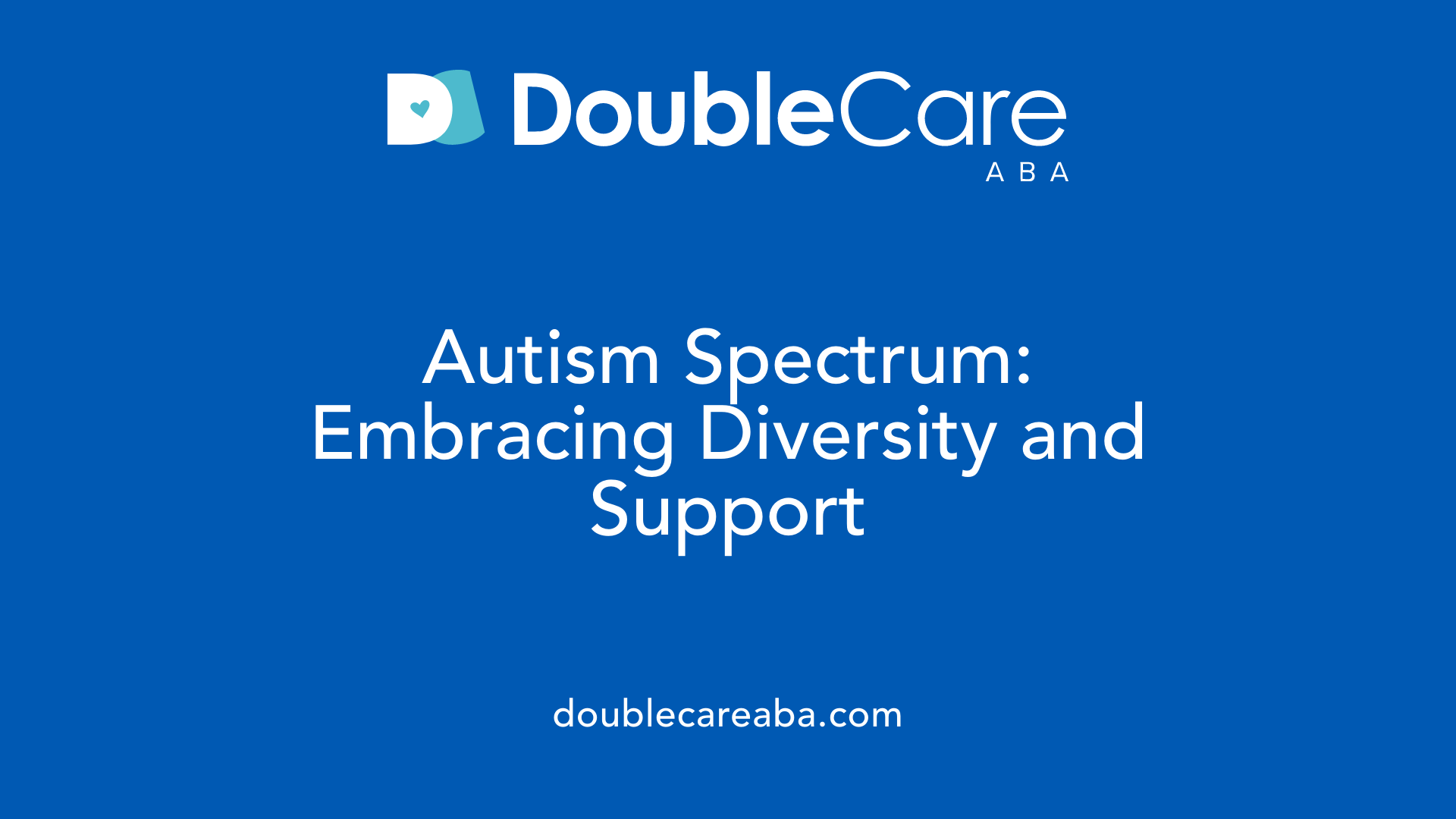
Why is understanding autism as a spectrum important for families and educators?
Recognizing autism as a spectrum is vital because it illustrates the incredible diversity among autistic individuals in terms of traits, strengths, and challenges. Each person with autism may have a different combination of social, communication, behavioral, and sensory experiences. This diversity means that one person’s needs can be vastly different from another’s.
For families, understanding this spectrum helps in accepting and supporting their loved ones with more empathy and a personalized approach. It encourages parents and caregivers to see each child's unique potential and tailor interventions accordingly.
Educators benefit from this perspective by designing flexible teaching strategies that address individual learning styles and social needs. Rather than applying a generic method, they can customize supports, such as speech therapy, social skills groups, or sensory accommodations, to foster better learning and social integration.
Reducing stigma is another critical aspect of viewing autism as a spectrum. When society appreciates the wide range of abilities and behaviors, it fosters acceptance and dispels stereotypes. This inclusive attitude benefits autistic individuals by creating environments where they feel valued and understood.
Moreover, acknowledging autism as a spectrum emphasizes that characteristics can change over time. Traits such as language skills, social comfort, or sensory sensitivities may evolve, requiring adaptable approaches. This flexibility helps in supporting long-term development and well-being.
Overall, understanding autism as a spectrum promotes a more compassionate, personalized, and realistic view that encourages patience and support. It inspires positive change in perceptions, making room for acceptance, tailored interventions, and a focus on each individual's growth and success.
| Trait/Ability | Variability | Support Strategies |
|---|---|---|
| Social Interaction | Wide range; some need significant support, others less | Social skills training; peer groups |
| Communication | From non-verbal to highly verbal | Speech therapy; alternative communication aids |
| Repetitive Behaviors | From mild to intense | Behavioral interventions; sensory integration |
| Sensory Processing | Sensitive or seeking stimuli | Sensory-friendly environments; tailored therapies |
Understanding autism as a spectrum enforces that every individual’s needs are unique, and support should be equally personalized. This approach ultimately enhances quality of life and enables autistic individuals to reach their full potential.
Current Research and the Future of Autism Treatment
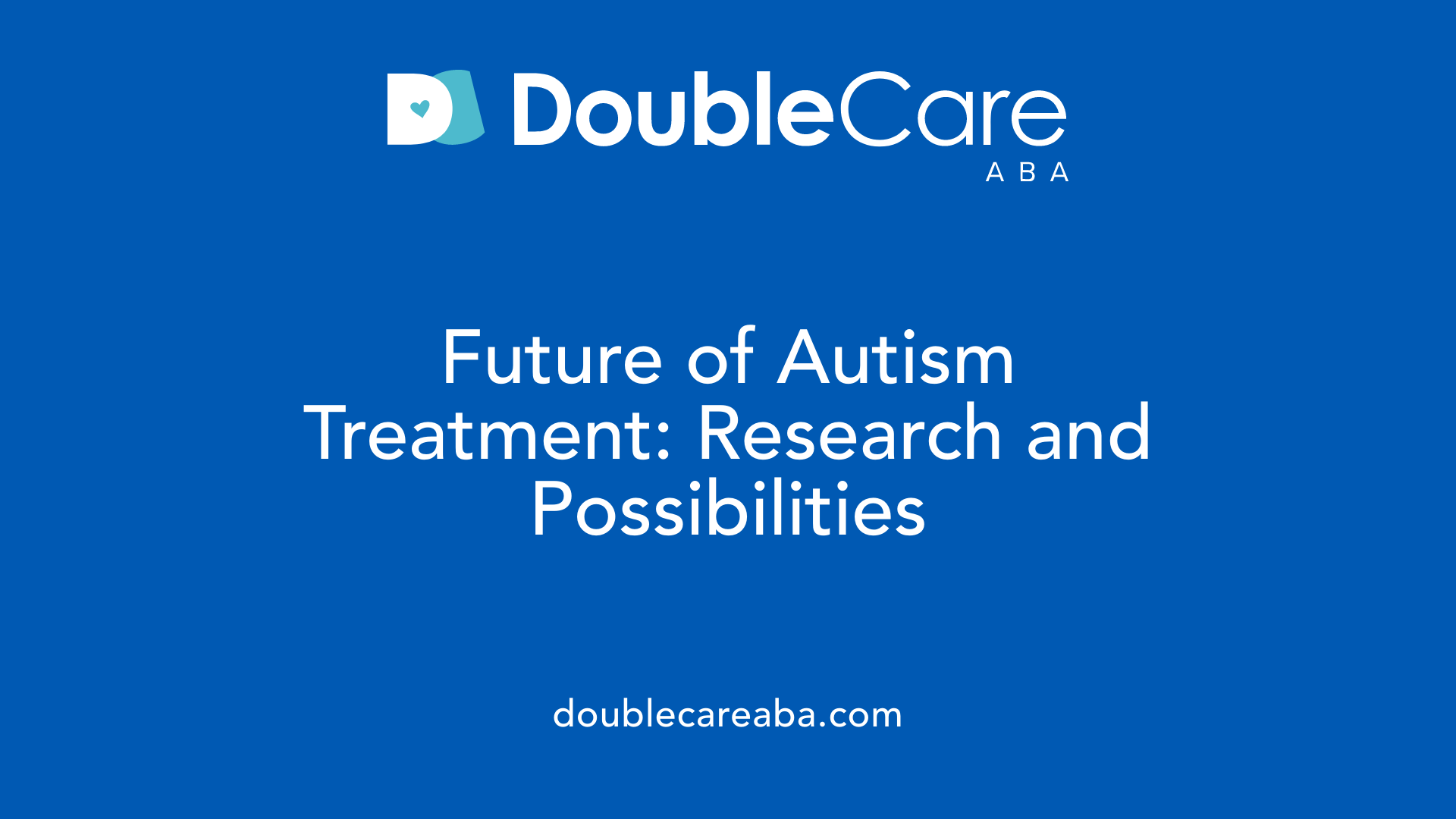
What does current research say about autism and the possibility of a cure?
Presently, there is no known cure for autism spectrum disorder (ASD). The prevailing medical consensus emphasizes that autism is a neurodevelopmental condition characterized by differences in brain development, rather than an illness that can be eradicated. However, advances in research are paving the way for better understanding and management.
Early intervention remains vital; therapies focused on behavioral, social, and communication skills can significantly improve quality of life. For instance, behavioral approaches like Applied Behavior Analysis (ABA) are supported by substantial evidence for their effectiveness.
Emerging areas of scientific investigation explore biological treatments, such as leucovorin calcium, especially for those with cerebral folate deficiency—a neurological condition linked to autistic features. Researchers are also harnessing genetic testing, neuroimaging, and personalized medicine to uncover the complex origins of ASD.
Large-scale data analysis and biotechnologies, including gene editing techniques, aim to identify potential cures. Yet, these are still under development and not available for clinical use. Overall, current efforts focus on early diagnosis, supportive therapies, and ongoing research to understand biological mechanisms, with the ultimate goal of more targeted interventions in the future.
Are there documented cases of spontaneous recovery from autism, and what do they imply?
Cases of spontaneous recovery from autism are exceptionally rare and not well understood. There have been reports of children diagnosed with autistic disorder who, without specific intervention, showed remarkable improvement and even complete recovery. These instances are considered extraordinary and are often studied to understand potential factors involved.
Most of these rare cases involve children with higher cognitive abilities, better receptive language skills, and motor development, who respond well to early support and intensive therapies. The diagnosis of autism in these cases was based on prolonged observation and multiple assessments, such as the Childhood Autism Rating Scale (CARS), with initial scores indicating severe autism, but later assessments showing no autistic symptoms.
While spontaneous recovery suggests heterogeneity within the autism spectrum and raises questions about individual differences, it remains an uncommon phenomenon. Most children benefit from structured, evidence-based treatments over extended periods. Advances in medicine, including experimental treatments like leucovorin calcium, are actively being explored for their potential to improve symptoms, although they are not directly linked to spontaneous recoveries.
Overall, these cases highlight the importance of early intervention and personalized approaches, even as the majority of research continues to seek more definitive cures and therapies.
Final Thoughts: Support, Research, and Acceptance
While autism currently has no cure, ongoing research and early intervention strategies provide hope for improving quality of life and supporting individual development. Recognizing autism as a spectrum encourages personalized approaches and greater acceptance. Staying informed about scientific advances and debunking myths are essential for fostering understanding and compassion for autistic individuals and their families. The journey toward better support and potential future treatments continues, emphasizing that autism is a different way of brain development rather than a disease needing eradication.
References
- Autism spectrum disorder - Diagnosis and treatment
- Treatments that are not recommended for autism
- FDA Takes Action to Make a Treatment Available for ...
- Treatment and Intervention for Autism Spectrum Disorder
- Rapid and spontaneous recovery in autistic disorder - PMC
- Autism spectrum disorder - Symptoms and causes
- What Are the Treatments for Autism Spectrum Disorder?











